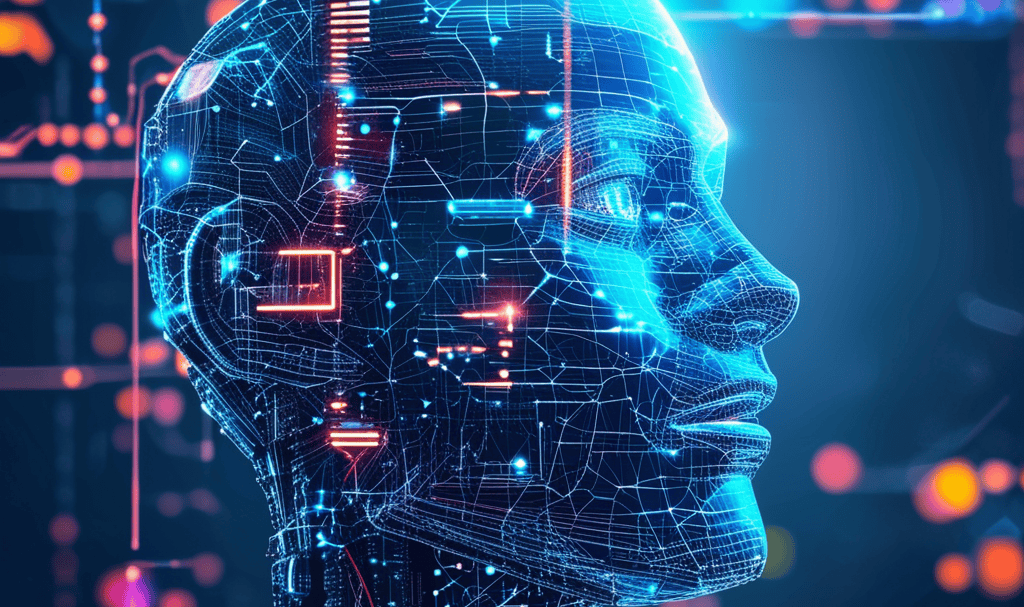
The transition from Web2 to Web3 represents a significant shift in how we manage and control information online. Web3 offers a potential solution to issues like privacy, surveillance, and misinformation by utilizing blockchain technology. This technology gives users more control over their data. Together, AI and Blockchain can be even more powerful.
However, user friction has slowed Web3’s adoption. To accelerate adoption, we can integrate AI and blockchain technology. Consequently, this integration improves the user experience and reduces user friction. Additionally, decentralized AI built on blockchain can offer users personalized online experiences while protecting their privacy and control over their data.
Blockchain and AI are complementary technologies that address each other’s limitations. Specifically, blockchain’s built-in consensus protocol ensures data accuracy and integrity because it verifies data at multiple points. When AI is trained on flawed data, it produces flawed results. Therefore, we can design blockchain platforms to distribute power more evenly, reducing the risk of a few AI companies or models making opaque but consequential decisions. To leverage the power of AI and blockchain cohesively, we must overcome technical challenges. Next, we can track the co-development of these two technologies by examining their progression in three phases:
Data, Information, and Knowledge
Meanwhile, AI can accelerate Web3 adoption by offering personalized experiences based on user prompts. For Web3 to go mainstream, the next generation of consumer-facing applications must match the user experiences of Web2. To achieve this, we must prioritize personalization, which optimizes marketing spend. Decentralized knowledge graphs – as they are developed in the Artificial Superintelligence Alliance ASI – may be the key to bringing personalized experiences from Web2 into Web3. Knowledge graphs map relationships between objects, facts, events, situations, and other data. In addition, we can make knowledge graphs more accessible and verifiable by using decentralized knowledge graphs and open, permissionless blockchain networks. By integrating AI and Blockchain, we can create a foundation for Web3 built on trustworthy data. As a result, this new decentralized internet addresses issues prevalent in our current centralized internet.
AI and Blockchain Together Improve Internet Governance
- Decentralization: Web3 is built on blockchain technology, which is decentralized and transparent. We can use AI to ensure that data is stored and processed securely and transparently, reducing the risk of a single entity controlling or manipulating data. In this way, we can promote a more democratic and equitable Internet governance.
- Trust and Transparency: AI verifies the authenticity and accuracy of data on the blockchain, ensuring that information is trustworthy and transparent. With this information, users can make informed decisions and reduce the spread of misinformation. Moreover, AI can detect and prevent malicious behavior, ensuring that the internet remains a safe and trustworthy environment.
- Autonomy and Agency: Web3’s decentralized architecture and AI’s ability to automate decision-making processes empower users to take control of their personal data and online experiences. Users can then make choices that align with their values and preferences. Consequently, users have more autonomy and agency over their online experiences.
- Security and Privacy: AI detects and prevents cyber threats, ensuring that Web3 applications are secure and private. By doing so, AI protects users’ sensitive information and prevents unauthorized access or manipulation. Additionally, AI optimizes Web3 applications, enabling them to scale efficiently and process vast amounts of data in real time.
- Scalability and Efficiency: As a result of AI optimization, the internet’s overall performance and responsiveness improve. Furthermore, AI helps design and optimize token-based incentive systems that encourage desired behavior and promote a healthier internet ecosystem.
- Data-Driven Decision-Making: AI analyzes data generated by Web3 applications, providing insights that inform data-driven decision-making. With these insights, we can make decisions based on objective data rather than personal biases or assumptions. Therefore, we can make more informed decisions that benefit users.
- Accountability and Governance: AI ensures accountability and transparency in Web3’s decentralized governance models by detecting and preventing malicious behavior. As a result, the internet remains a safe and trustworthy environment.
In conclusion, by combining AI and Web3, we can create a more decentralized, transparent, and secure internet that prioritizes user autonomy, privacy, and agency. We can make decisions based on objective data and respond more effectively to the needs of users. Ultimately, this new decentralized internet can promote a healthier and more equitable online ecosystem.
